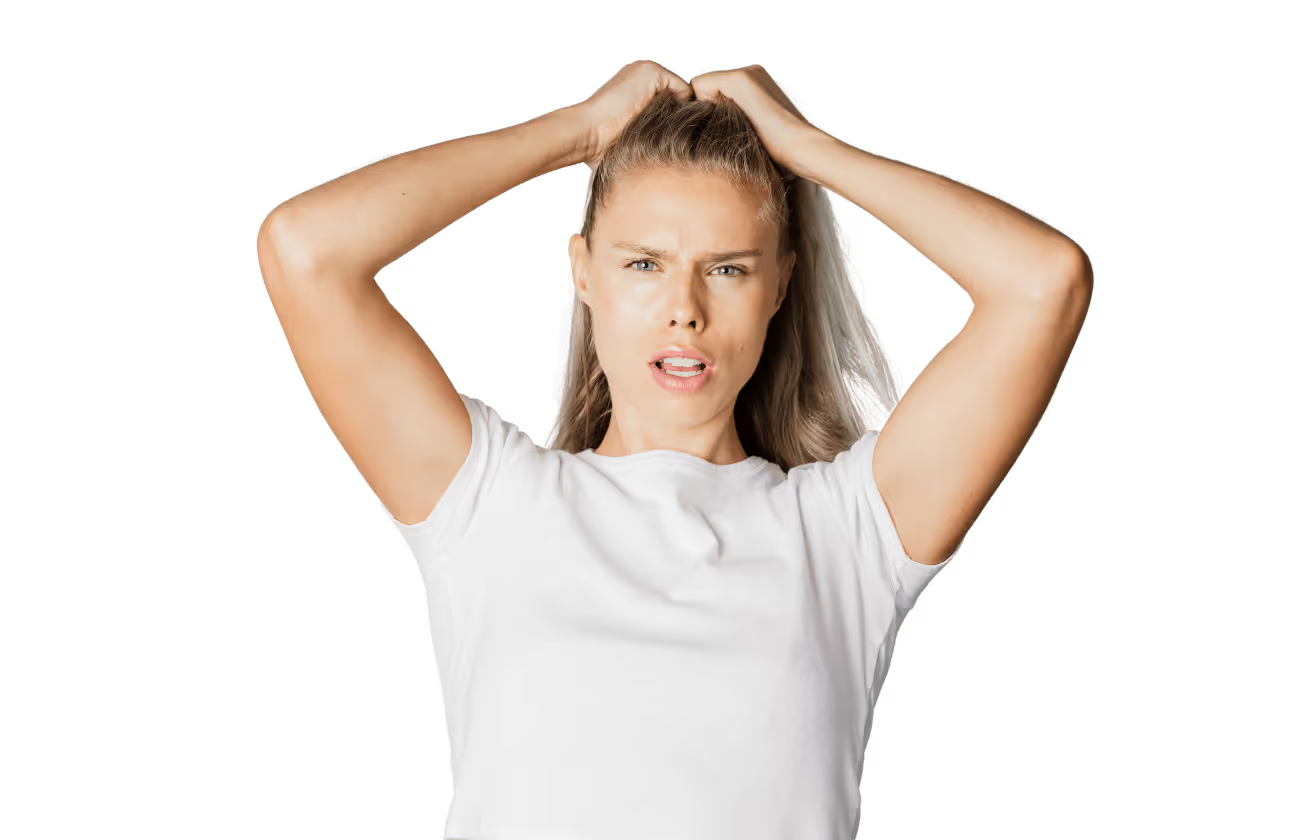
REASON 1
Malnutrition
A lack of nutrients such as iron, biotin and vitamin D can cause hair loss.
REASON 2
Stress
Chronic stress can disrupt the hair cycle and lead to hair loss.
REASON 3
Smoking and alcohol
Both can reduce blood flow to the scalp and impair hair growth.
REASON 4
Heat and chemical hair treatment
Excessive heat and aggressive chemical treatments can weaken the hair and cause hair loss.
.avif)
.avif)
.avif)
.avif)


















%2520(1).avif)
%2520(1).avif)


%2520(1).avif)
%2520(1).avif)
%2520(1).avif)
%2520(1).avif)
%2520(1).avif)
%2520(1).avif)
.avif)
.avif)
.avif)
.avif)
%2520(1).avif)
%2520(1).avif)





.avif)


.avif)



.avif)